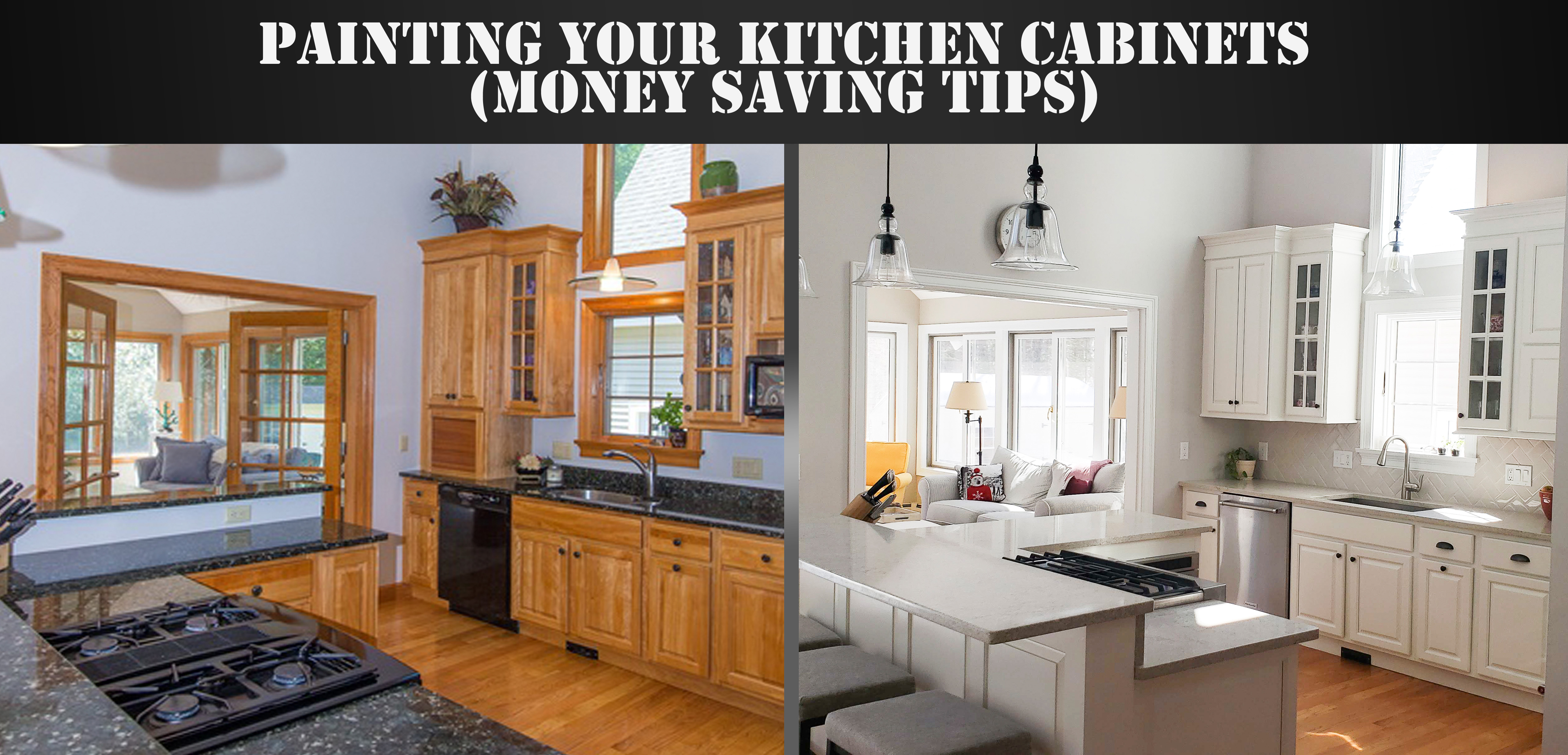Painting Techniques and Methods: How To Paint A Black Cabinet White

Transforming a black cabinet into a pristine white requires careful consideration of painting techniques and the type of paint used. The right approach ensures a smooth, even finish that enhances the cabinet’s appearance and durability. Choosing the appropriate method and paint type depends on factors such as your skill level, the cabinet’s condition, and the desired final look.
Paint Application Techniques
The method you choose to apply the paint significantly impacts the final finish. Each technique presents its own advantages and disadvantages.
- Brushing: Brushing provides excellent control, allowing you to reach intricate details and corners easily. However, it’s more labor-intensive and prone to visible brushstrokes if not applied carefully. Using a high-quality brush with soft bristles and employing smooth, even strokes minimizes this risk. Multiple thin coats are key to avoiding brush marks with this method.
- Rolling: Rolling is faster than brushing, especially for large, flat surfaces. It can provide a relatively smooth finish, but it’s less precise for detailed areas. A high-quality roller cover with a short nap is recommended to minimize texture. The technique requires overlapping strokes to ensure even coverage and avoid roller marks.
- Spraying: Spraying offers the quickest and most even finish, minimizing brushstrokes and creating a professional look. However, it requires specialized equipment (spray gun and compressor) and proper ventilation to avoid inhaling paint fumes. Spraying also requires careful control of the distance and spray pattern to avoid runs and drips. Multiple thin coats are essential for optimal coverage.
Paint Type Comparison, How to paint a black cabinet white
The choice of paint significantly influences the final finish, durability, and application process.
- Oil-Based Paint: Oil-based paints offer superior durability and a harder, more resistant finish. They are more resistant to scratches and chipping than latex paints. However, they have a strong odor, require mineral spirits for cleanup, and take longer to dry. This makes them less convenient for most DIY projects.
- Latex Paint: Latex paints are water-based, making them easier to clean up with soap and water. They dry quickly and have a lower odor than oil-based paints. They offer good durability for interior use, but might not be as resistant to scratches and abrasion as oil-based paints. Many high-quality latex paints are specifically formulated for cabinets and offer excellent durability.
- Enamel Paint: Enamel paints are known for their smooth, hard, and durable finish. They are available in both oil-based and water-based (latex) formulations. Enamel paints are often preferred for cabinets due to their resistance to scratches and moisture, making them suitable for kitchens and bathrooms. They tend to be more expensive than standard latex paints.
Step-by-Step Painting Guide
This guide Artikels the steps for achieving a professional finish, minimizing imperfections.
- Preparation: Thoroughly clean the cabinet with a degreaser to remove any grease or dirt. Sand the surface lightly to create a better bonding surface for the paint. Fill any holes or cracks with wood filler and sand smooth. Apply painter’s tape to areas you want to protect.
- Primer Application: Apply a high-quality primer, preferably one designed for cabinets. This ensures better paint adhesion and prevents the black undercoat from bleeding through. Allow the primer to dry completely according to the manufacturer’s instructions.
- First Coat of Paint: Apply a thin, even coat of paint using your chosen method (brushing, rolling, or spraying). Avoid overloading the brush or roller. Work in smooth, even strokes, overlapping slightly to ensure complete coverage. Let the paint dry completely.
- Second Coat of Paint (and Subsequent Coats): Once the first coat is completely dry, lightly sand the surface with fine-grit sandpaper to smooth any imperfections. Apply a second coat of paint, using the same technique as the first coat. For optimal coverage and durability, consider adding a third coat, especially for darker colors covering a significantly different base color. Allow each coat to dry completely before applying the next.
- Final Touches: Once the final coat is dry, remove the painter’s tape carefully. Inspect the finish for any imperfections and address them as needed. Apply a protective sealant, if desired, to enhance the cabinet’s durability and longevity.
